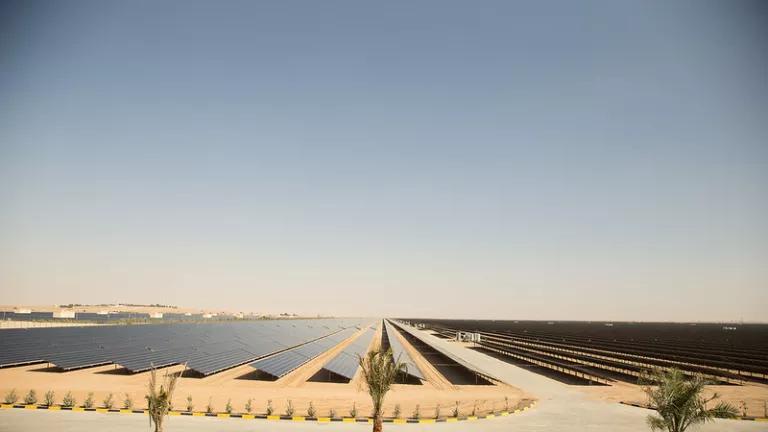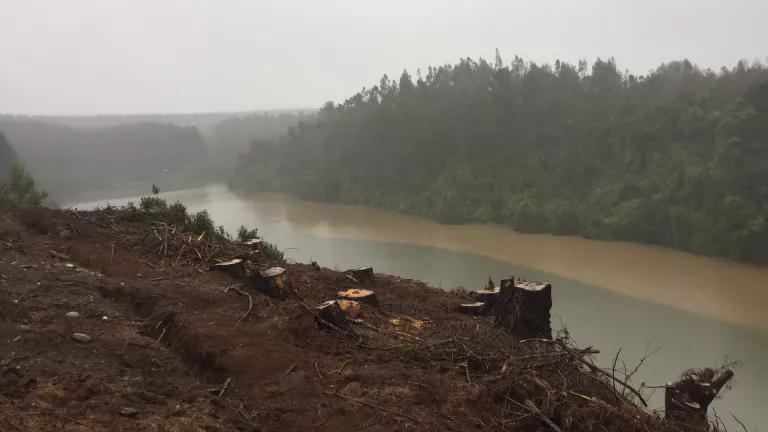Smart from the Start: Land Use Planning for the Planet
The new International Panel on Climate Change report emphasizes how important it is to balance multiple public goods in global land use planning—food security, environmentally responsible renewable energy development to fight climate change, and conservation of large, intact landscapes for multiple benefits, including their ability to sequester carbon.

Sonoran pronghorn buck
In looking at how to balance these land uses, we can look to the public lands of the American West for some innovative models of truly renewable energy development (i.e. wind, solar and geothermal rather than unsustainable biomass).
Under the Obama administration the Department of the Interior adopted several key programs that have advanced the idea of directed development for wind, solar and geothermal power. These approaches embody what is now known commonly as “smart from the start” development—planning at the landscape scale to identify lands that have high resource values (including their ability to sequester carbon) that should be conserved and lands with lower resource values that may be appropriate for renewable energy development.
Through this approach land managers, policy makers and stakeholders are able to:
- Assess development at a landscape scale, rather than allowing site by site project decisions to be decided by a first come, first serve basis
- Guide development to lower conflicts areas more appropriate for large scale development
- Conserve lands that are ecologically important
The Bureau of Land Management, steward of millions of acres of public lands in the West are charged with implementing these innovative programs including the Western Solar Plan and the Desert Renewable Energy Conservation Plan.
This approach can be adopted for other land use planning exercises as well—taking a landscape level look to determine which land uses are appropriate in which locales. Responsible renewable energy development is absolutely essential to fighting climate change, but it must be done in the right places, and smart from the start. The same is true for how and where we grow our food, manage our forests and other land uses as well.



